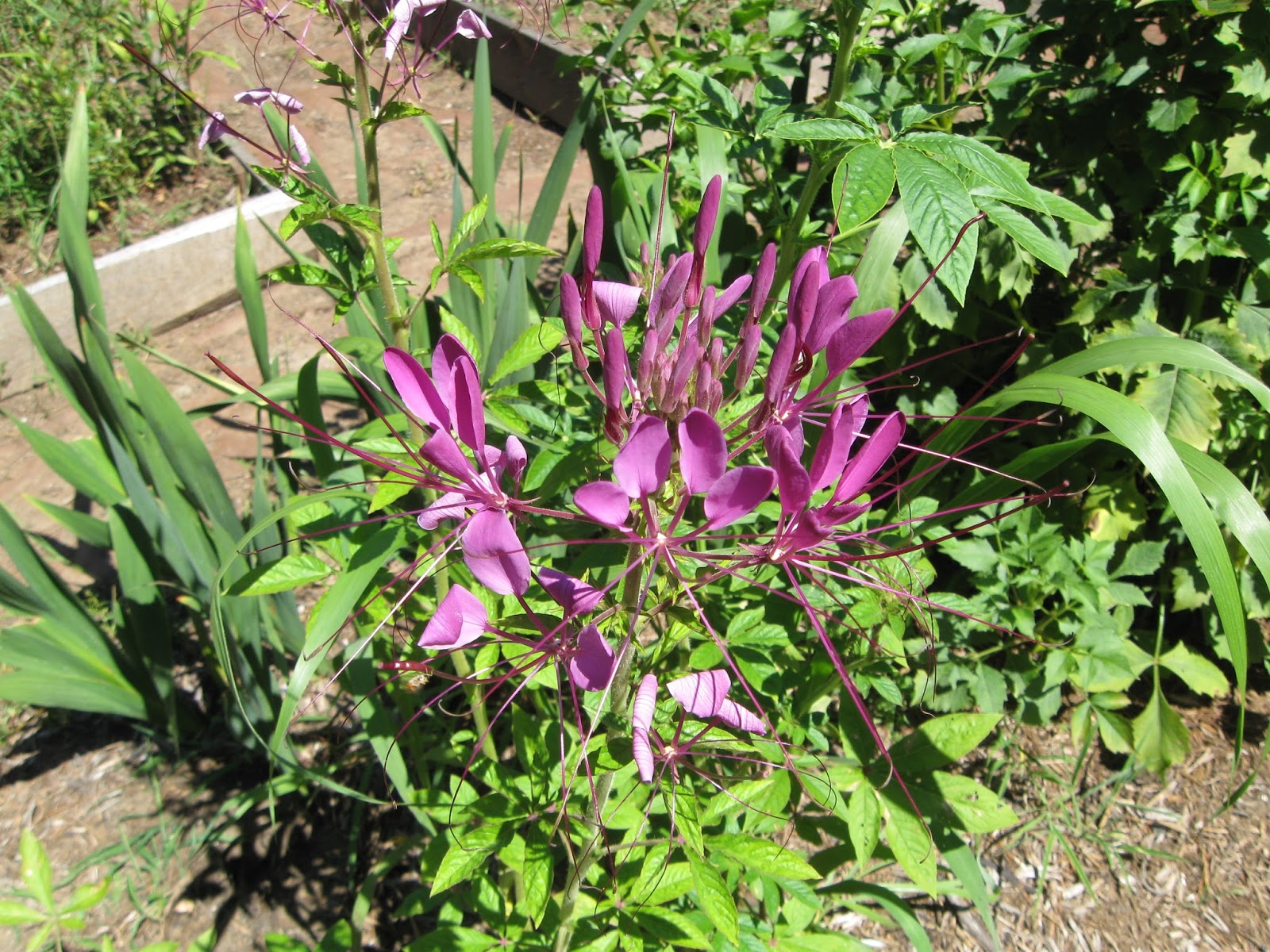Plants present a facade of effortlessness and tranquility, but in many ways the destiny of humanity rests with their success or failure. These time-tested professionals, well rehearsed by eons of evolution, must seamlessly perform their tasks of metabolism, adaptation, and reproduction for us to survive.
It all starts with a seed.
 |
| larkspur, zinnias and snapdragon |
A larkspur seed, for instance, does well when planted in autumn. By late spring, the seed will produce tall spikes covered with small, open-faced flowers in white, pink, purple or blue. But first, the seed needs a spell of cold. Larkspur seeds are very small, very black , and very hard. Like all seeds, these are vessels of safekeeping which store both genetic messages and a short-term supply of food.
During a long growing season, plants divert large portions of their resources away from themselves and toward production of seed. Provisioned by summer’s optimal conditions, a plant uses 20-30 percent of its food stores to set seed. If the weather turns hot and dry, and water is in short supply, the plant will go into overdrive and dedicate 50 percent of its now meager resources to making seed.
Larkspur seed is released from the shelter of the mother plant in autumn, just as the weather conditions begin to deteriorate. The seed must not respond to brief fall warmths but much sleep instead through winter. Throughout the harsh New England chills, the larkspur seed show no signs of cellular activity. Technically, the seed is dead. But since this inactivity is only a temporary sleep, scientists call the state “dormancy.”














